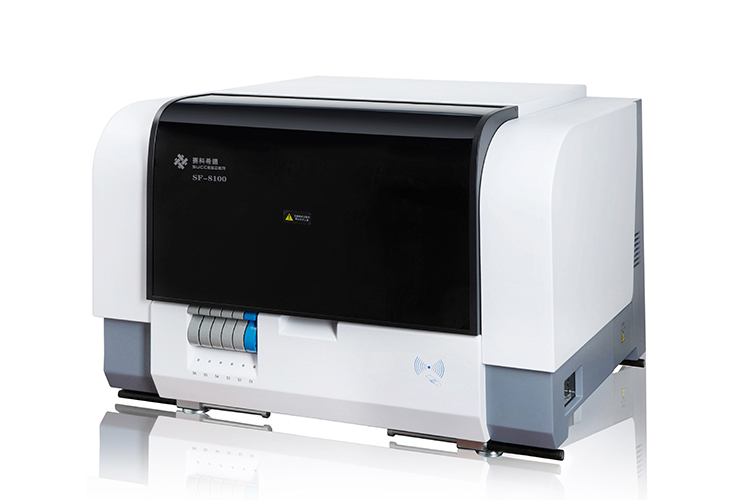Diseases that cause subcutaneous hemorrhage can be diagnosed through the following methods:
1. Aplastic anemia
The skin appears as bleeding spots or large bruises, accompanied by bleeding from oral mucosa, nasal mucosa, gums, conjunctiva, and other areas, or in critical situations of deep organ bleeding. May be accompanied by symptoms such as anemia and infection. The laboratory examination showed severe pancytosis in the blood count, severe reduction in bone marrow proliferation in multiple areas, and significant reduction in granulocytes, red blood cells, and megakaryocytes.
2. Multiple myeloma
Nasal bleeding, gingival bleeding, and skin purple scars are common, accompanied by obvious bone damage, renal dysfunction, anemia, infection, and other manifestations.
The blood count often shows normal cell positive pigment anemia; Abnormal proliferation of plasma cells in the bone marrow, with piles of myeloma cells appearing; The prominent feature of this disease is the presence of M protein in the serum; Urinary routine may include proteinuria, hematuria, and tubular urine; A diagnosis can be made based on the imaging findings of bone lesions.
3. Acute leukemia
Bleeding is mainly caused by skin ecchymosis, nosebleeds, gingival bleeding, excessive menstruation, and can also occur in various parts of the body, accompanied by lymph node enlargement, sternal tenderness, and even central nervous system leukemia symptoms.
Most patients show an increase in white blood cells on their blood count and significant proliferation of nuclear cells on their bone marrow, mainly composed of primitive cells. Diagnosis of leukemia is generally not difficult based on clinical manifestations, blood and bone marrow characteristics.
4. Vascular hemophilia
Bleeding is mainly caused by skin and mucous membranes, and affects both men and women. Adolescent female patients may exhibit excessive menstruation that decreases with age. A diagnosis can be made based on the presence or absence of a family history, spontaneous bleeding or trauma, or increased bleeding after surgery, combined with clinical manifestations and laboratory tests.
5. Diffuse intravascular coagulation
There are serious infections, malignant tumors, surgical trauma and other triggering factors, characterized by spontaneous and multiple bleeding. Severe cases can cause visceral and intracranial hemorrhage. Accompanied by symptoms of shock or organ failure such as lung, kidney, and brain.
Experimental examination shows that platelets<100X10 μ L, plasma fibrinogen content<1.5g/L or>4g/L, positive 3P test or plasma FDP>20mg/L, elevated or positive D-dimer levels, and shortened or prolonged PT for more than 3 seconds can confirm diagnosis.



 Business card
Business card Chinese WeChat
Chinese WeChat English WeChat
English WeChat